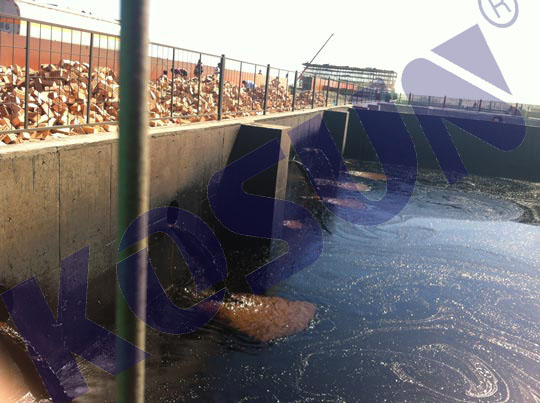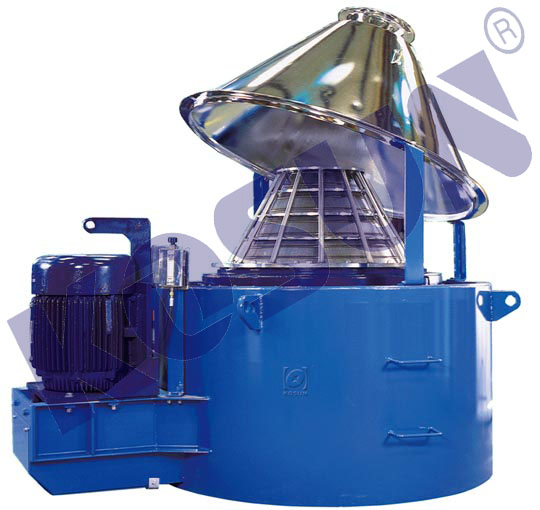Hazardous Wastes Management:Hazardous wastes that need management or disposal may be freshly generated from an industrial operation, they may be old stored chemicals, or they may have been sitting in a dumpsite for many years. At a dumpsite, component chemicals difficult to identify, they are likely to have reacted with one another, and they may have already affected the surrounding soil and water. Land disposal and incineration are two main dumpsite remediation methods. Types of waste treatment include physical, biological, and chemical neutralization or stabilization.

Industries in the United States dispose of about 60% of their hazardous waste using a land disposal method called deep well injection. Liquid wastes are injected into wells located in impervious rock formations that supposedly keep the waste isolated from groundwater and surface water. Unfortunately, hydrogeologists now predict that groundwater flow actually does occur in most previously-designated impervious rock formations, and injected waste often migrates into groundwater reservoirs called aquifers. Other underground burial locations for hazardous wastes include deep mines, natural caverns, and man-made deep pits.
Landfilling is the other primary land disposal method for Hazardous Wastes Management in the United States. Hazardous waste landfills are similar to regular solid waste landfills, but they must meet much higher standards for safety and environmental protection. The EPA requires that most hazardous wastes be treated before being discarded in properly-designed, approved landfills and burial sites.
Incineration, or burning, is a controversial, but still common, method of Hazardous Wastes Management. The EPA estimates that five million tons of hazardous wastes are burned each year in the United States. Various incineration technologies exist for a variety of types of waste. For example, volatile chemicals like paint thinners, oils, and solvents are destroyed by combustion at cement plants whose furnaces, called kilns, reach temperatures of 2,700°F (1,500°C). Needless to say, residents living near cement plants and other hazardous waste incinerators often have concerns about air pollution. In 1993, the EPA tightened its regulations on emissions from most hazardous waste incinerators, including cement kilns, after discovering that the emissions contained like dioxins, furans and other substances that cause cancer and other health problems in humans. Another recent EPA study noted that medical waste incinerators that many hospitals use to burn hazardous wastes also emit dioxins.

In order to management hazardous waste economically,KOSUN supply Hazardous Wastes Management equipment-vertical centrifuge to solve the problem.KOSUN vertical centrifuge helps reduce the pollution of the environment, in accordance with international emission standards and environmental protection requirements. With the continuous improvement of environmental protection requirements,and some of the treated hazardous wastes can even be reclaimed or recycled.Need more information about Hazardous Wastes Management equipment,please email us!
Kosun- China Solids Control Leader&Drilling Waste Management Expert
